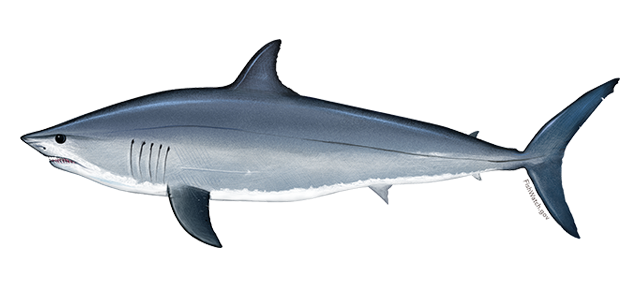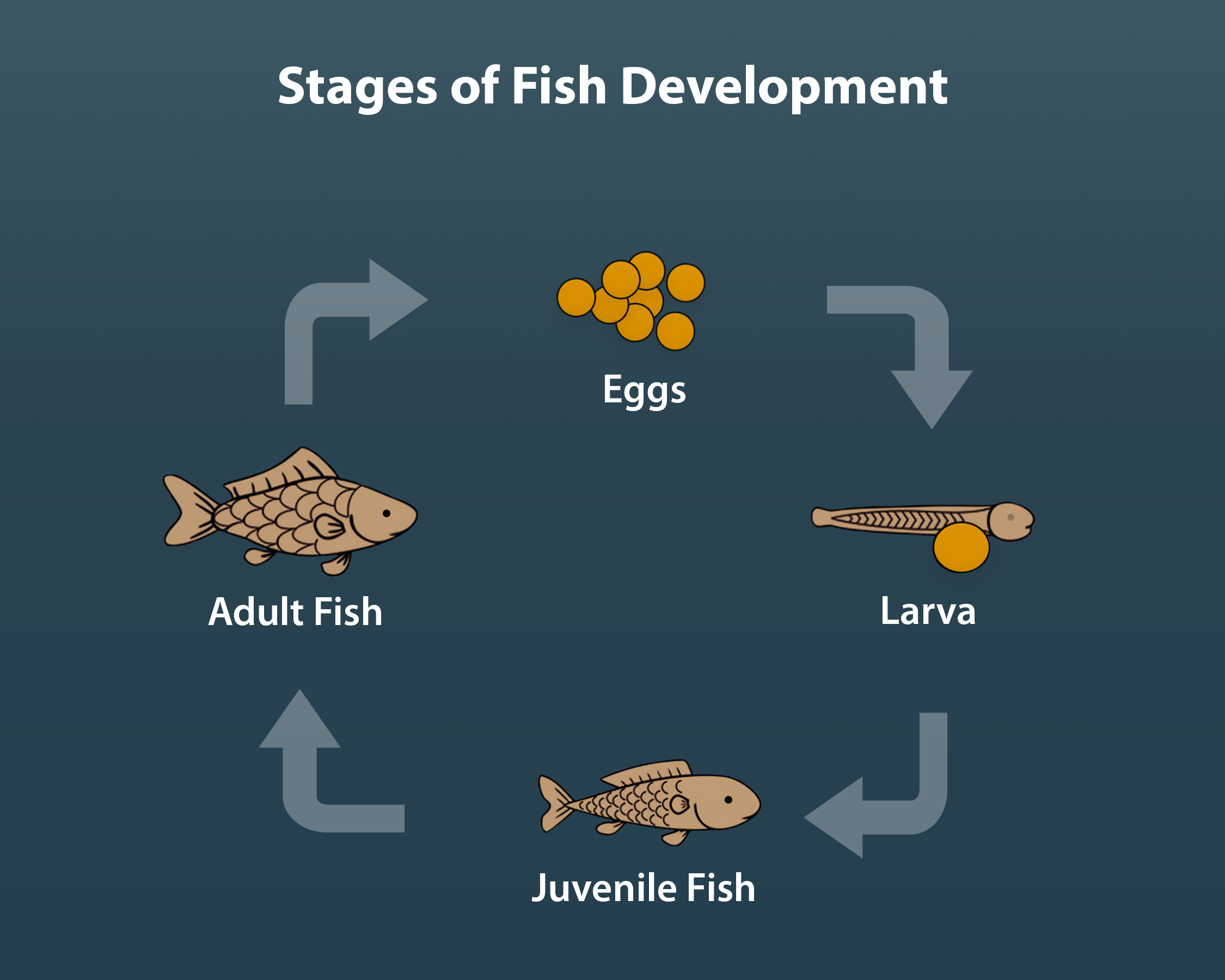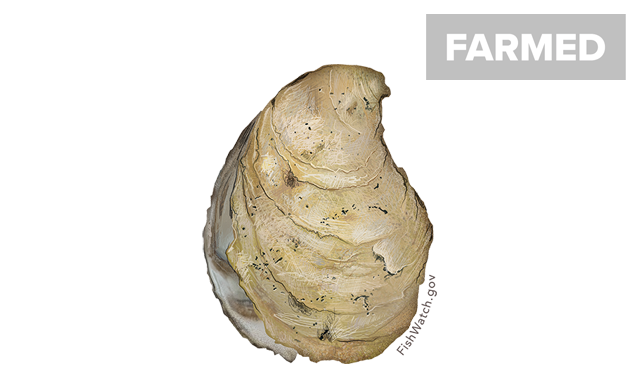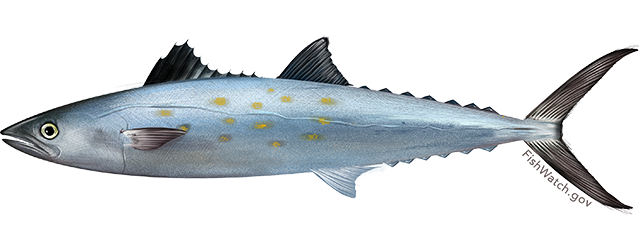Part 1: Why Fishery Management Is Necessary
Whose Fish Are They, Anyway?
It used to be that anybody who had a boat could go out and catch fish. But that was a long time ago when the United States did not have nearly 330,000,000 people, and fishing vessels were not equipped with modern technology. The change from unlimited fishing to government managed fishing, however, developed slowly. The authority of a government to restrict how many fish can be caught is built on centuries of policy to protect public resources. Fisheries management policy is based, in part, on the economic theory called “the tragedy of the commons.”
 Pacific Shortfin Mako Shark
Pacific Shortfin Mako Shark
Common Property Resources
Hundreds of years ago, community leaders observed that when a resource was owned by the people as a whole, no one took responsibility for maintaining it. Human nature being what it is, each person tends to use the resource to the maximum extent. Where those resources are abundant, there is no conflict. There are sufficient resources for everybody to use as much as they wish. However, as more people use the natural resource, overuse can lead to the resource disappearing. Think of bison or passenger pigeons in the United States, both of which existed in such quantities that people thought they were an infinite resource, but were driven to near-extinction and extinction, respectively, by overharvesting.
As it happened in England centuries ago, grass in the common (public) grazing areas soon disappeared when citizens put more and more sheep on the land. Instead of benefitting more citizens, everyone lost, as “the commons” became overgrazed and useless. This became known as “the tragedy of the commons.”
To prevent the tragedy of the commons, most common property resources are held in trust and managed for the people as a whole by state or federal government agencies. Fish that are in public waters are one example of a common property resource. The government manages the fish for the benefit of all citizens, even those who do not fish.
So who owns the fish in federal waters? In essence, all citizens of the United States do. The federal government holds these resources in trust for the benefit of its citizens. However, not everybody has the same interest in how the resources should be used, so the government passes laws that seek to balance those interests. The Magnuson-Stevens Fishery Conservation and Management Act (MSA or Magnuson-Stevens Act) is the primary federal law directing fishery management decisions to ensure that marine fisheries “contribute to the food supply, economy, and health of the Nation and provide recreational opportunities.” In order to maximize benefits from this renewable resource to help the most people, marine fish are managed using some basic principles. This Guide explains these principles and the regulatory scheme that puts them into action. Note that the MSA addresses conservation as well as management.
Freshwater fish are managed by the state, except where a species is so scarce it is protected under the Endangered Species Act. This Guide does not discuss state management of freshwater fish.
What Makes Fish a Renewable Resource?
Renewable resources like finfish and shellfish are living things that replenish themselves naturally and can be harvested, within limits, on a continuing basis without being eliminated. The scientific principles behind this renewability are well known and provide the basis for fish and wildlife management. Fishery management is a combination of biology and economics.
How Many Fish Can We Catch?
The basic goal of fishery biology is to estimate the amount of fish that can be removed (by harvesting fish) while keeping the fish population healthy. This is referred to as the maximum sustainable yield (MSY). In order to know how many fish can be caught, we have to know some basic facts about how the fish are doing – how many fish are in the area (known as biomass), what is their survival rate, and how many fish can the habitat sustain.
However, the Magnuson-Stevens Act requires fishery management to consider the Optimum Yield, which is the level of fishing that will have the greatest overall benefit to the Nation, considering food production, recreational activities, and the ecosystem. Typically, this is a smaller quantity than the MSY.
Survival
One step in assessing how a fish stock is doing is to learn about the lifespan of the species of that stock. Fish produce more offspring than will survive to adulthood. This is a kind of biological insurance against the natural calamities all animals face. In the abstract, for a fish species to maintain itself, each pair of fish has to produce only two offspring that survive to reproduce. However, most fish and shellfish species produce tens of thousands to millions of eggs in their lifetime. This is because most of their eggs do not survive to become juveniles and even fewer live to become adults. The eggs and fish are food for other animals (including other fish), or fall victim to disease or accident. Or are caught by fishers. Biologists need to know approximately how many fish eggs survive to adulthood in order to determine how many fish can be caught. If too many fish are caught they won’t be able to reproduce to replenish the stock adequately.

- Eggs - once spawning has occurred, the envelope holding the developing fish
- Larva - after hatching from the egg; beginning development of characteristics of its species, such as fins, body shape; depending on the species, might not have a working mouth or eyes at the start of this stage
- Juvenile Fish - final growth of skeletal system and scales; resemble small adults
- Adult Fish – capable of sexual reproduction
Carrying Capacity
The next step is to learn how that fish stock thrives in its environment. This involves the concept of carrying capacity. Carrying capacity can be thought of as the amount of fish that a specific habitat can support. This is based on the availability of food, the number of predators, and the quality of water, among other things. In other words, how many fish can that habitat carry? For example, habitat that historically supported 250,000 pounds of gray triggerfish is likely to continue to support that amount unless conditions change. Those conditions could include pollution, invasive species, or increased predators. If the amount or quality of habitat is reduced, carrying capacity likewise will be reduced.
In scientific terms, changes to a fishery’s carrying capacity are described as being either top-down forcing, meaning the number of predators has changed, based on predators being at the “top” of the food chain. Or bottom-up forcing, meaning the amount of nutrients and other environmental factors have changed.
One example of bottom-up forcing is found in the brown shrimp fishery of the Gulf of Mexico. From 1980 to 1998 landings were as low as 125 million pounds (in 1983) and as high as 193 million pounds (in 1986). Much of this variation was due to changes in salinity in the marsh habitat used by juvenile shrimp. When conditions were good (high salinity), there was more suitable habitat and more young shrimp survived. When conditions were poor (low salinity), there was less suitable habitat and fewer young shrimp survived. The carrying capacity changed as the habitat did.
 Brown Shrimp
Brown Shrimp
Habitat Loss Can Affect Carrying Capacity
There is no question that human activity has altered and reduced fish habitat. Water pollution, loss of coastal wetlands and seagrasses, destruction of spawning areas, invasive species, and changes in freshwater flows are some habitat alterations that have led to habitat reduction. Unfortunately, most habitat alterations are outside the control of fishery managers and fishers. Fishery managers must manage the fish populations based on what the habitat can support today, which frequently is a much smaller population than past habitat conditions supported. Changes in federal fisheries management legislation put more emphasis on consideration of habitat when determining fishing capacity. (See Essential Fish Habitat.)
Surplus Production
Another step before deciding how many fish can be caught is to determine the surplus production of the stock – how many fish are too many fish if natural processes are left alone. Surplus production is based on the fisheries management principle that if left unfished, a fish population will generally produce more offspring than necessary to replenish the population. In other words, more fish grow up at a time than die. The “extra” fish or “surplus production” can be harvested without posing a threat to the stability of the fish population.
The theory of surplus production goes something like this. In an unfished population, the biomass of fish in a habitat will be close to the carrying capacity of the habitat. There is little surplus production because the habitat naturally balances fish production. If there is a lot of food, the fish will produce a lot of eggs; big fish will eat the little fish and eggs; older fish will flourish. Thus, an unfished habitat will have a lot of older, larger fish compared to areas where fishing occurs. An unfished population can be viewed as a relatively stable population with moderate production.
When fishing begins, however, many large older fish are removed. Removing the older fish and larger fish reduces the biomass below the carrying capacity. This increases the chances of survival for smaller, younger fish. This extra production together with the effects of harvesting fish can result in surplus production – too many juvenile fish – which can be environmentally unstable. Some of this new production must be allowed to survive to maturity in order to reproduce to maintain the population.
Distinguishing Among Fishery Terms
Understanding fishery resources involves words like species, stock, and population. They have specific meanings in science, and are used to establish fishery management plans. Biologists define these words as follows:
Species - A group of similar organisms that can freely interbreed.
Population - A group of individuals of the same species living in a certain area.
Stock - A harvested or managed unit of fish.
Recruit – A fish that may be harvested due to size and/or age.
The term “fishery” requires more explanation. It refers to a geographical region, but it means more than that. It can also describe the type of gear used: purse seine vs. long line, for example. In terms of species, sometimes fishery refers to one species, but it also can refer to many species of fish that share a habitat, such as groundfish, or highly migratory fish, or reef fish.
Also, when someone is fishing, that could be described as catching fish, harvesting fish, or taking fish. They all mean the same thing when talking about the Magnuson-Stevens Act.
 Eastern Oyster
Eastern Oyster
Additionally, in this Guide, the term “fish” includes both finfish and shellfish, unless otherwise noted.
Definition of “Fishery”
The Magnuson-Stevens Act defines “fishery” as:
(A) one or more stocks of fish which can be treated as a unit for purposes of conservation and management and which are identified on the basis of geographical, scientific, technical, recreational, and economic characteristics; and
(B) any fishing for such stocks.
16 U.S.C. § 1802(13).
Fish Stocks
Stock is an important term for understanding fish management because under the Magnuson-Stevens Act, this is the unit of fish that is managed. The MSA defines a stock of fish as a species, subspecies, or other category of fish capable of being managed as a unit. Roughly speaking, a stock considers the habits of fish and where they are located. Stock is preferred over managing fish based on species as species may have several populations located in different areas.
Additionally, different species with similar habits may be managed efficiently as one stock. For example, a stock could include the large number of species that live near the bottom, known as groundfish, or the many species that cluster around reefs and other submerged objects, known as reef fish. These types of fish may be further distinguished by their geographical location – groundfish in New England versus groundfish in the Northern Pacific.
For example, the 13 species comprising the Northeast groundfish fishery are divided into 20 stocks. Another example is Spanish mackerel, which occur from Maine to the Yucatan Peninsula in Mexico. For purposes of the MSA, Spanish mackerel are managed as two separate stocks based on location. Fish from one stock migrate from Florida northward along the east coast of the United States, and the others migrate within the Gulf of Mexico.
 Spanish Mackerel
Spanish Mackerel
Fishery Management Plan
A Fishery Management Plan (FMP) is a detailed document required under the Magnuson-Stevens Act to determine how a stock of fish is managed, including harvesting seasons and quantities. In general, the FMP describes gear types, seasons, quotas, and licensing practices. There will be more details about FMPs later in this Guide. It must consider biological, economic, and sociological factors when determining how many fish may be harvested.
« Go to the Home page | Part 1: Why Fishery Management Is Necessary | Go to Part 2 »
